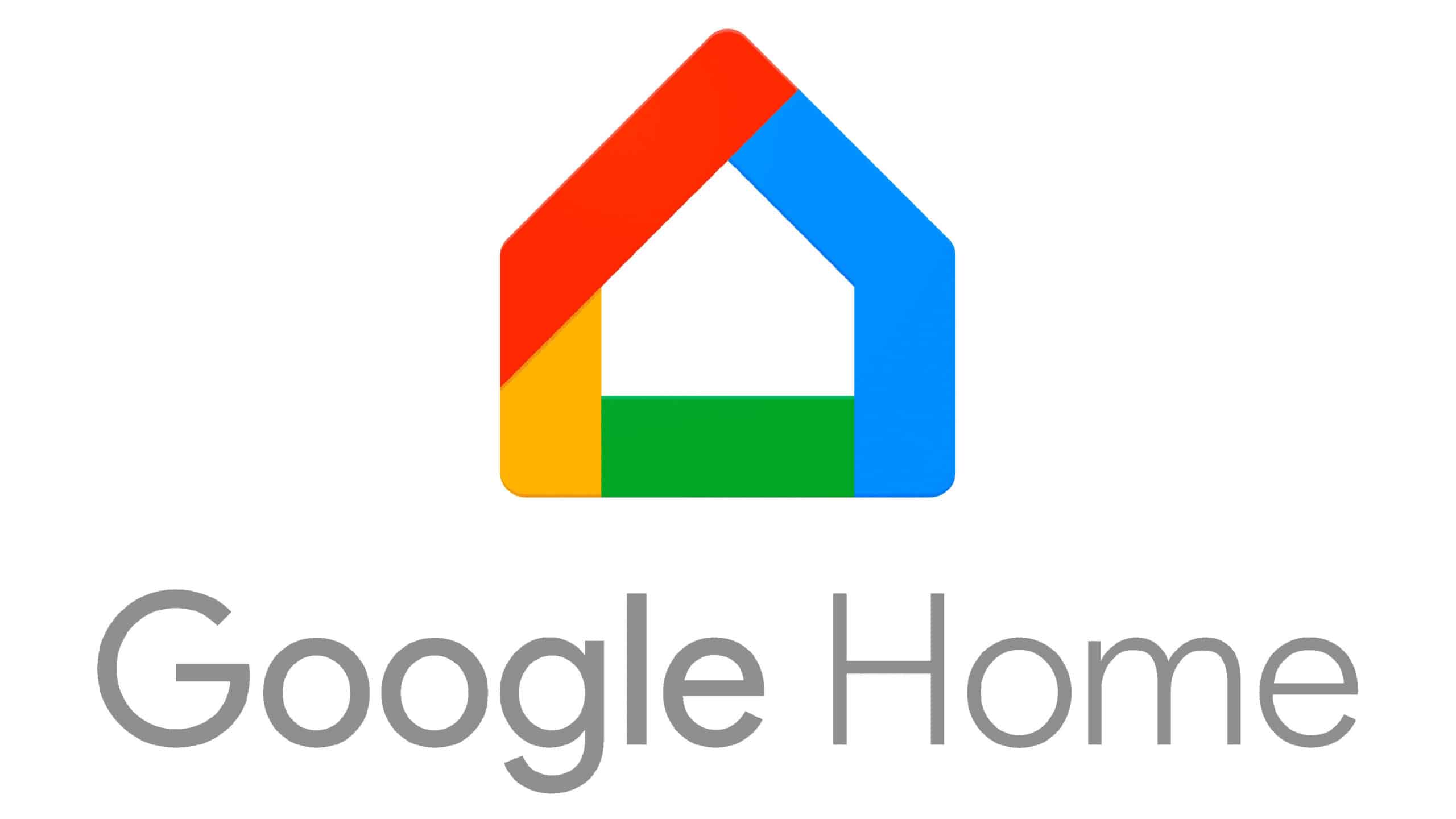Article summary
After avoiding it for a decade or so, I’m finally dipping my toes into home automation. So, why now? When I’ve looked into it in the past, home automation has felt like an expensive minefield of proprietary protocols and apps. But while I wasn’t looking the industry has made a couple of leaps. Here’s what I’ve learned!
Major Platforms
Several major tech companies now have smart home platforms where they can present many devices in a single dashboard.

Compared with a pile of vendor-specific apps with no ability to talk to each other, this is a huge improvement. But I’m not quite comfortable with this level of ecosystem lock-in. When I see a “Works with Apple Home” badge on a box at a home improvement store, I wonder what happens when you switch back to Android!
Fortunately, this is getting better too.
Industry Standards
A couple of years ago, several major players got together and created a new vendor-neutral protocol called Matter. It runs over IP, so it can work on your existing wifi network.

The other day, I replaced some old buzzy fluorescent under-cabinet lights with Matter-supporting LED fixtures, and I didn’t have to use an app from the manufacturer to set them up! Matter devices have QR codes you can scan straight into your platform of choice.
There’s also another new industry standard: a wireless mesh protocol called Thread. Like Zigbee or Z-Wave before it, Thread promises a few advantages over conventional wifi:
- Low-power: It’s suitable for rarely-charged battery-powered devices.
- Mesh: By hopping between devices, a thread network can reach areas without wifi coverage.
- Security: Since they’re not on the same network as your computer, you don’t need to trust thread devices as much (or feel the need to isolate them on a VLAN).
Instead of using Matter over Wifi, devices can be built to use Matter over Thread. To set up a Thread network, you need a device to act as a hub (“border router”), which several Homepod, Echo, and Nest devices can do.
Vendor Apps are Still Here
Matter is growing. Over the last couple of years, it has added support for more device types and features, but my impression is that it’s still a lowest-common-denominator. For example:
- I’ve experimented with a couple of types of smart plugs. While they can be turned on and off by any Matter client, energy monitoring is only available through the manufacturers’ apps.
- Those under-cabinet lights? If I wanted to use their RGB animations (I don’t), I’d need to install the company’s app.
- Firmware updates for smart devices are generally delivered solely through vendor apps.
I’m hopeful that Matter will eventually grow to cover issues like these, but, for now, I reluctantly keep a handful of vendor apps around.
Final Thoughts
By waiting until 2024, I skipped a lot of messy history with home automation and now seems like a good time to dive in. If you know what to look for, you can purchase smart devices without being limited to one company’s walled garden.
Home automation can be fun even if you don’t have very ambitious plans. I still raise an eyebrow at the thought of internet-connected kitchen appliances, but I appreciate being able to remotely control my thermostat and some lights!

